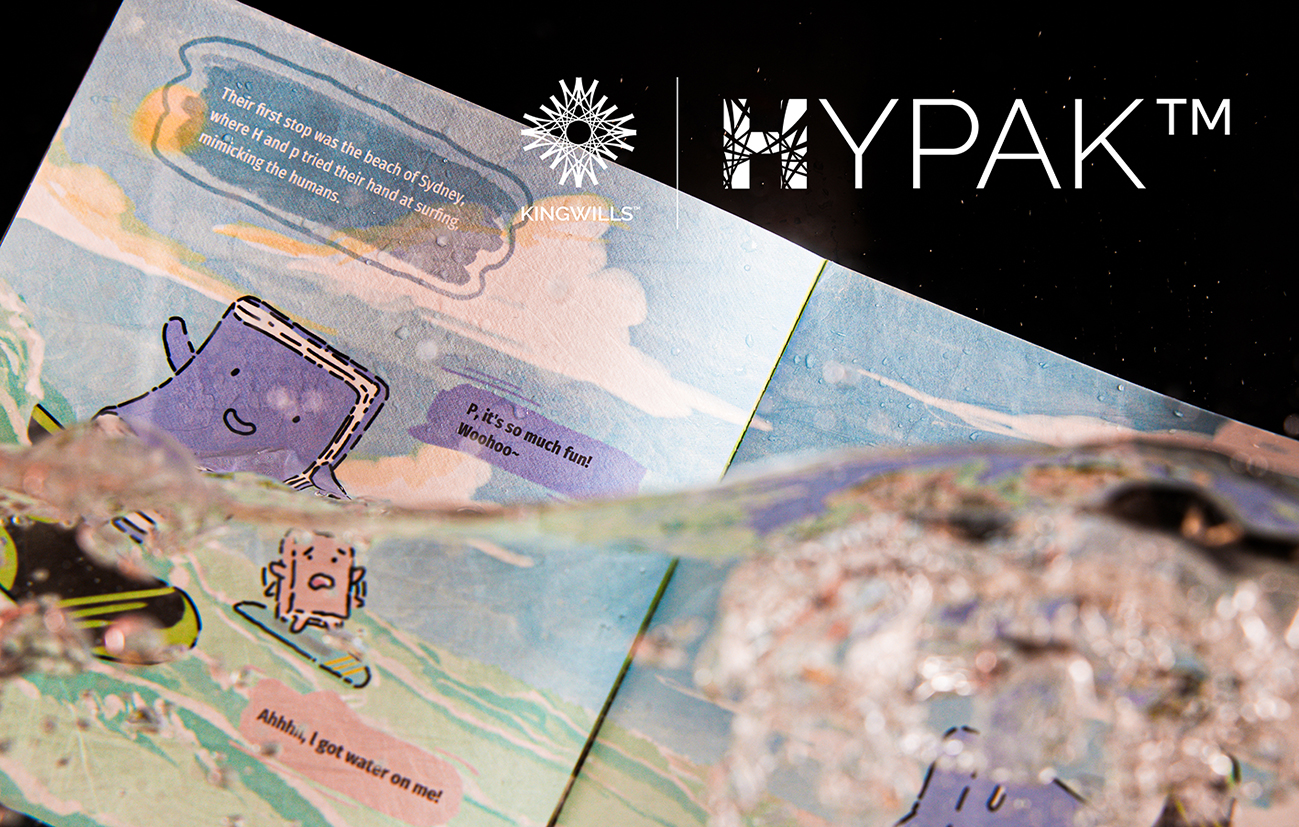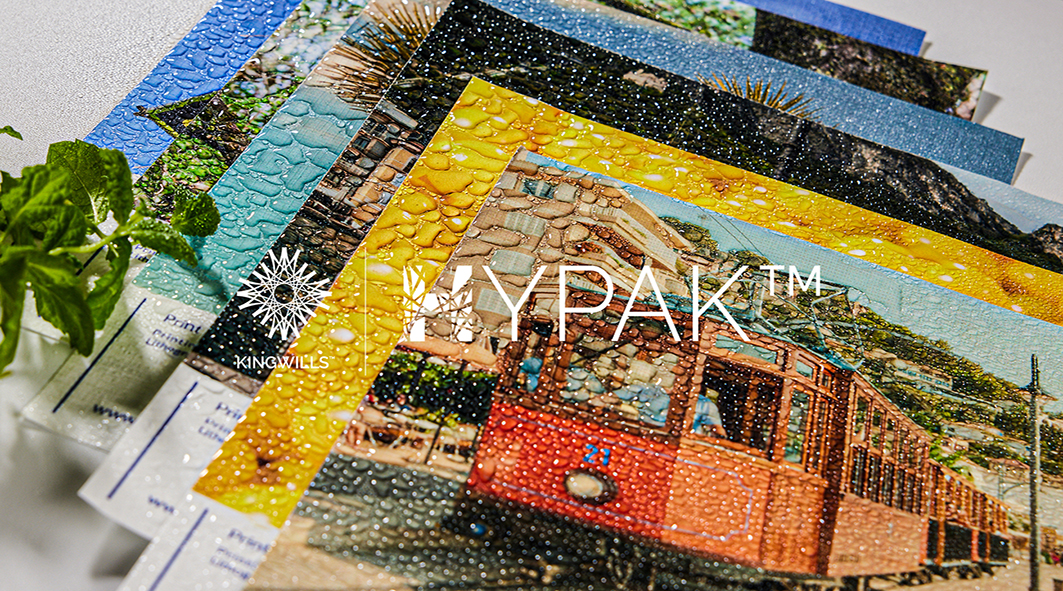


In the competitive landscape of book publishing, particularly in the realm of premium and art books, the choice of materials can significantly affect the final product’s overall quality, durability, and aesthetic appeal. Hypak™ has emerged as a material for publishers seeking to create distinctive and resilient books. This case study explores the advantages of using Hypak™ for book printing, focusing on its durability, water resistance, lightweight nature, eco-friendliness, print quality, and unique texture.
A boutique publishing house, known for its commitment to producing high-quality art books, was looking for a material that could offer a combination of strength, aesthetic appeal, and sustainability for its new line of limited-edition photography books. The challenge was finding a material that could withstand frequent handling, resist environmental damage, and maintain a luxurious feel and appearance.
After evaluating various options, the publishing house selected Hypak™ for the book covers and protective jackets. Hypak™ was chosen because of its unique properties that align with the specific needs of high-end book production.
Hypak™ is renowned for its exceptional durability and tear resistance, making it ideal for book covers that need to endure frequent handling without showing signs of wear. This characteristic was crucial for the photography books, which were expected to be handled regularly by collectors and art enthusiasts.
One of the primary concerns for the publisher was protecting the books from water damage, especially since the photography books were designed for outdoor exhibitions. Hypak™’s superior water resistance provided an effective barrier against moisture, ensuring that the books remained pristine even in humid or wet conditions.
Despite its strength, Hypak™ is remarkably lightweight. This quality allowed the publisher to produce books that were not only durable but also easy to carry and transport. The lightweight nature of Hypak™ also contributed to lower shipping costs, and a reduced carbon footprint.
With an increasing emphasis on sustainability, the publisher was keen to use materials that aligned with their environmental values. Hypak™ is recyclable, and its production involves fewer chemicals, making it a more sustainable choice compared to traditional bookbinding materials. This eco-friendly aspect helped the publisher appeal to environmentally-conscious consumers.
The photography books required a material that could showcase high-resolution images and fine details with clarity. Hypak™ provided an excellent surface for printing, delivering sharp, vibrant colors and crisp text. The smooth texture of Hypak™ enhanced the visual quality of the images, making them stand out on the page.
Hypak™ has a unique texture that combines the feel of paper with the flexibility of fabric. This distinct tactile experience added a layer of sophistication to the books, enhancing their overall appeal. The texture of Hypak™ also provided a sensory experience that differentiated these books from those bound in traditional materials.
The decision to use Hypak™ for the photography books proved to be a resounding success. The books received widespread acclaim for their innovative use of materials, durability, and aesthetic appeal. Collectors and art enthusiasts appreciated the combination of high-quality imagery with a material that was both functional and luxurious. The publisher also noted positive feedback regarding the sustainability aspect of the books, which resonated well with their target audience. The use of Hypak™ not only met the immediate needs of the project but also positioned the publishing house as a leader in using innovative and eco-friendly materials in book production.

Hypak™ offers an interesting solution for publishers seeking to create premium, durable, and environmentally friendly books. Its unique combination of properties—durability, water resistance, lightweight nature, eco-friendliness, high-quality printability, and distinctive texture—makes it an ideal material for high-end book production. This case 3 / 4study demonstrates how Hypak™ can be effectively utilized to enhance the quality and appeal of books, ultimately contributing to their commercial success and long-term value.
The success of this project has inspired the publishing house to continue exploring the use of Hypak™ for other book lines, particularly those aimed at niche markets where durability, sustainability, and luxury are key selling points. As the demand for sustainable and high-quality materials grows, Hypak™ is likely to become an increasingly popular choice in the book publishing industry.

 Kingwills International Limited
Kingwills International Limited